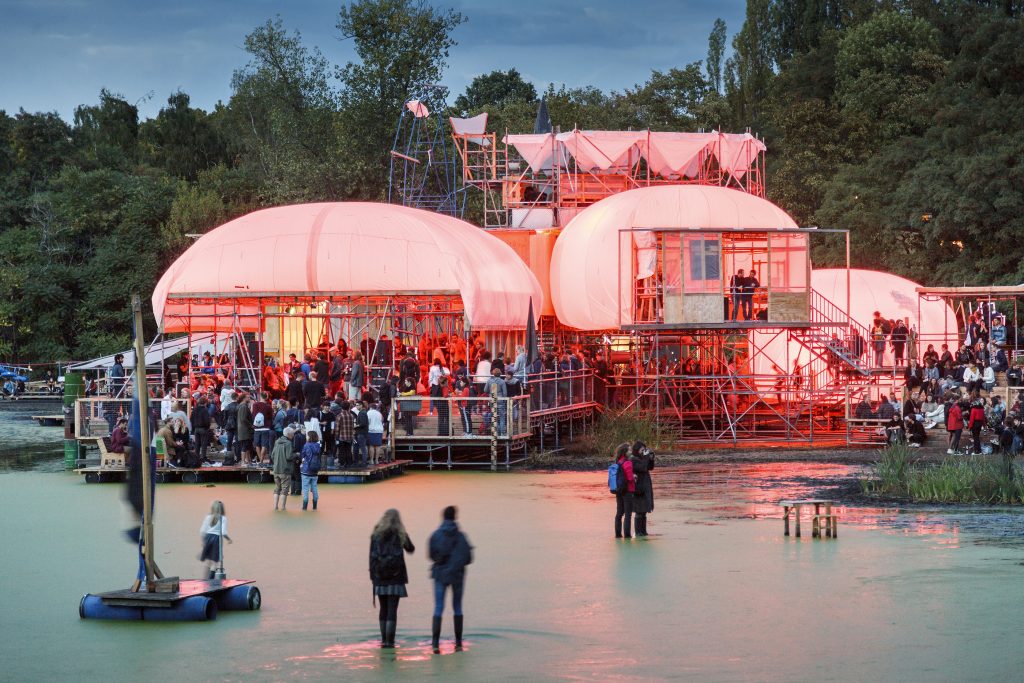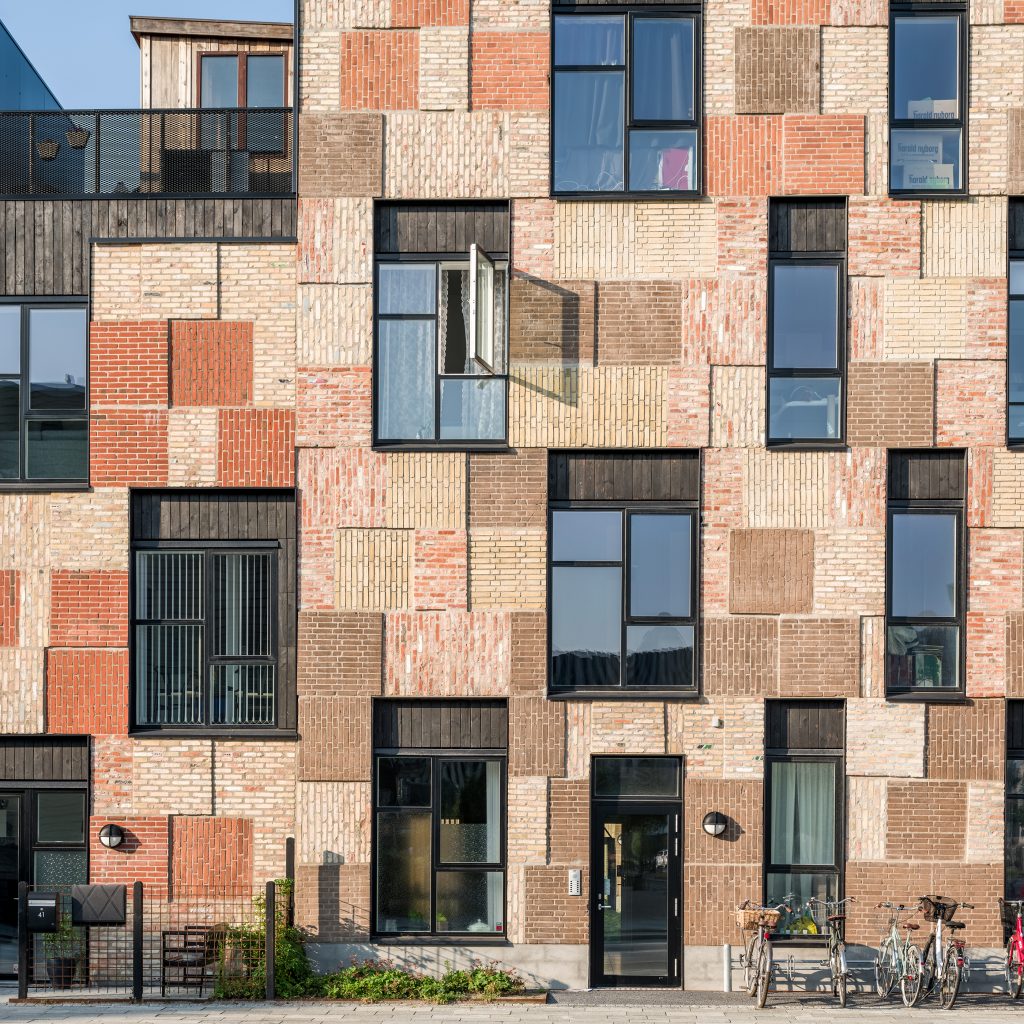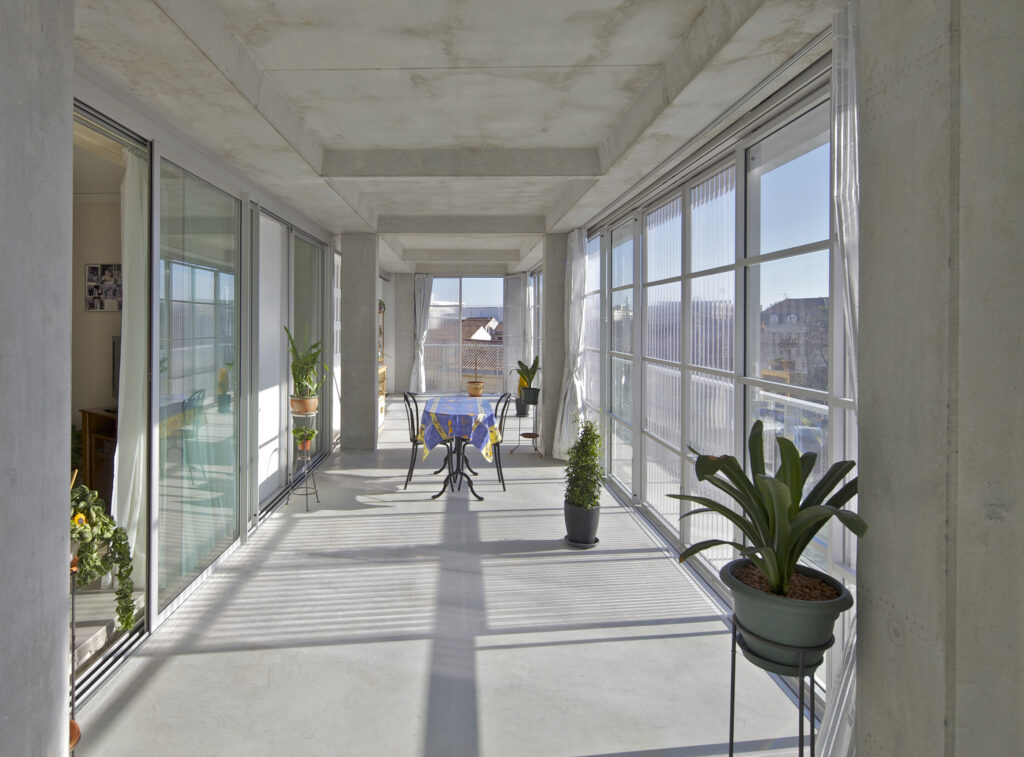Everything Needs to Change
The new publication provides an outline of the challenges in architectural practice in relation to climate change, in neutral and considered tone.
Sofie Pelsmakers & Nick Newman (eds.): Design Studio Vol. 1. Everything Needs to Change. Architecture and the Climate Emergency. RIBA Publishing 2021, 168 p.
The built environment has a make-or-break role to play in achieving the new and increasingly stringent climate targets being set around the world. Everything Needs to Change. Architecture and the Climate Emergency by Professor Sofie Pelsmakers and climate activist Nick Newman provides an insightful and credible outline of the fundamental challenges inherent in present day architectural practice in relation to climate change and offers a series of practical and workable alternatives. The anthology comprises nine articles, four case studies covering architectural practices and a further three covering actual building projects. It challenges the tendency to view sustainability as just one aspect of a larger whole and provides tangible ideas for change that will resonate with architects, students, teachers and planners alike.
The book is structured as a dialogue, with the featured articles approaching sustainability from a number of different perspectives and exploring its ecological, social as well as economic dimensions. Deftly, it sidesteps the pitfalls of both dull platitudinousness and shrill speechifying. Neutral and considered in tone, the articles explore the distortions implicit and problems inherent in the kind of linear architectural strategies that currently define our approach to building. As the case studies covering both architectural practices and building projects are chiefly focussed on inviting the reader to consider where the opportunities for change might lie, they do not contain as many drawings and photographs as other more visual publications might.

Broadly speaking, every single new build and architectural project contributes to climate change. The impacts range from the carbon footprint involved in producing the building materials, energy needed during use phase, the necessary technical infrastructure, and the need to replace green areas to make room for construction. In their interview, architects David Barragán and Markus Bader argue that it is now time for us to re-evaluate what we currently view as architectural success. It appears that it is the sheer volume of new built matter that currently defines architecture and determines which architecture is deemed prize and praiseworthy. Architect Dorte Mandrup makes the point that sustainability targets are often missed because, without a strong evidence base, initiatives, though undoubtedly well-meant, can actually lead to an increase in overall emissions. To avoid repeating the same climate mistakes again and again, practitioners should feel able to document and then openly share their successes and failures. The articles and case studies in Everything Needs to Change certainly heed their own advice and provide analyses of past successes as well as pointing to areas for improvement.
This publication makes a persuasive and comprehensive argument for sustainable buildings, delivering an intellectual rigour and sense of conviction that is often missing from the kind of discussions architects have amongst themselves.

for exchange and interaction during the summer of 2018 for scientists,
students, experts and artists, who came together to research and
investigate the daily routines and practices of urban living. Photo: Pierre Adenis

In their article, the Architects Climate Action Network turn their focus to the topic of architects’ training. They argue that degree courses, in their current guise, are not best placed to equip graduates with the skills they need to create truly sustainable design. In the UK, they point out, sustainability currently forms only a marginal part of the curriculum. Courses covering the topic are either optional or reserved for post-graduate study. The question is, what tools are we equipping our next generation of architects with, and what kind of future will they shape for all of us using those skills?
If there is one message all the articles share it is this: business as usual is no longer an option, and “less bad” is no longer good enough. We need to be able to have an open discussion about the way we build, and we must deliver change, quickly, across the entire space creating process. Sustainability is not a technical problem that can be solved with a few tweaks here and there. What matters is how we think, design and build – or don’t build.
Everything Needs to Change presents a comprehensive range of opportunities for change making across urban design, architectural training, activism, construction methods and in dialogue with clients. Collaboration, a commitment to sustainable principles throughout the building process and immediate, practical action, it argues, are what really matter now. Architectural quality and sustainability are not seen as separate or competing entities here. On the contrary, the authors emphasise how necessary it is to treat them as mutually inclusive concepts. The book contains a wealth of helpful ideas to support change, including this triple rule of thumb by Kari Kytölä, Paulina Sawczuk and Satu Huuhka: think twice before building something new, rethink your materials and think ahead to consider adaptability, disassembly and reuse.
This publication makes a persuasive and comprehensive argument for sustainable buildings, delivering an intellectual rigour and sense of conviction that is often missing from the kind of discussions architects have amongst themselves. Less bad doesn’t go far enough, everything must change, the editors gently remind us. But none of us can achieve change by ourselves, we need to work together. It’s not theories we need, it’s action. ↙
HAVU JÄRVELÄ
Architecture student currently finishing his Master’s Thesis on circular economy. Also works with wooden building and reuse of building parts.




